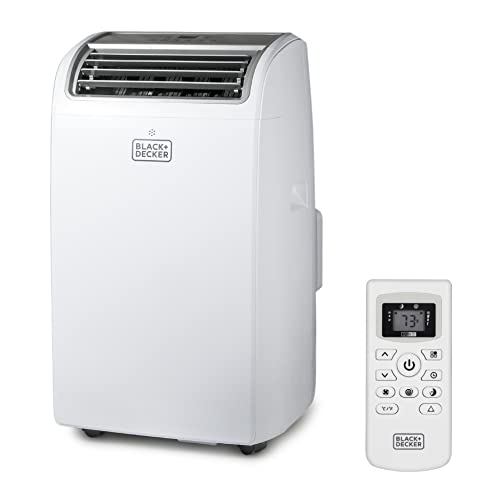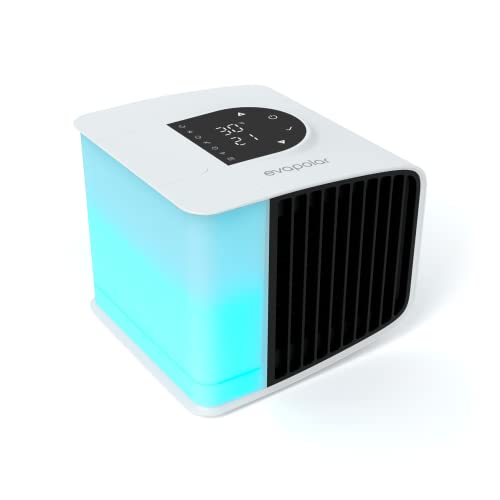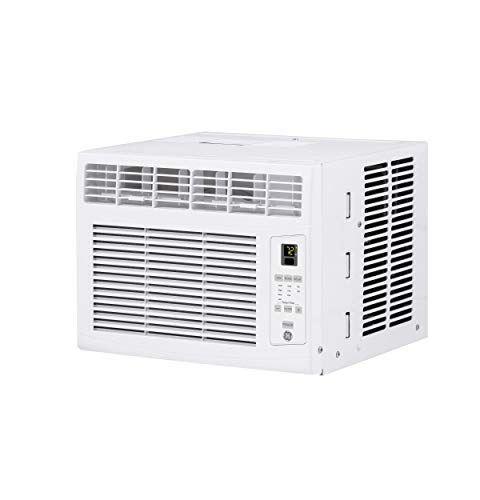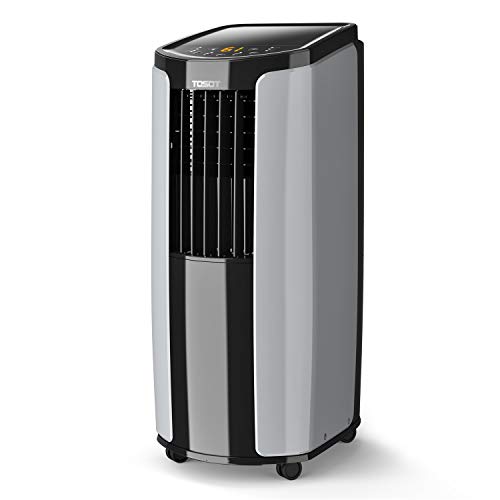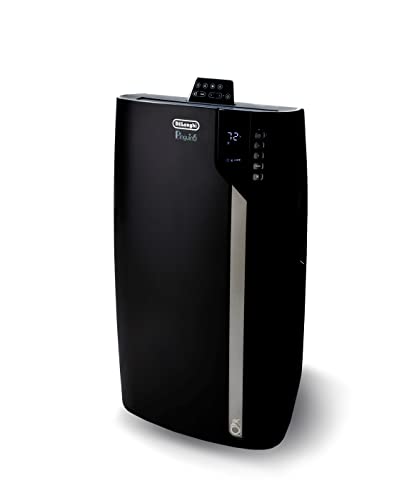Some of the best air conditioners include handy timers in one form or another that can transform your home into a haven of comfort while optimizing energy consumption. The ability to pre-determine the operating times of your AC unit not only ensures a comfortable house when you need it most but also significantly reduces energy costs. Press the timer button on the remote or control panel and set the start and stop times. Press the button again to activate it. The air conditioner will turn on and off according to the schedule you set, even when you’re not home. Remember to adjust it as needed.
Key Takeaways_
- Some modern air conditioners include an integrated timer for setting when the AC turns on or off.
- These newer models typically integrate with a smartphone app, tablet app, or AC remote for setting daily or weekly schedules.
- You can also purchase and install a dedicated AC controller, which provides traditional AC units with certain smart features, including an air conditioner timer.
Setting Your AC Timer
Air conditioners are designed with various operating modes to enhance performance and indoor air quality, including cool mode, fan mode, and the often overlooked timer function.
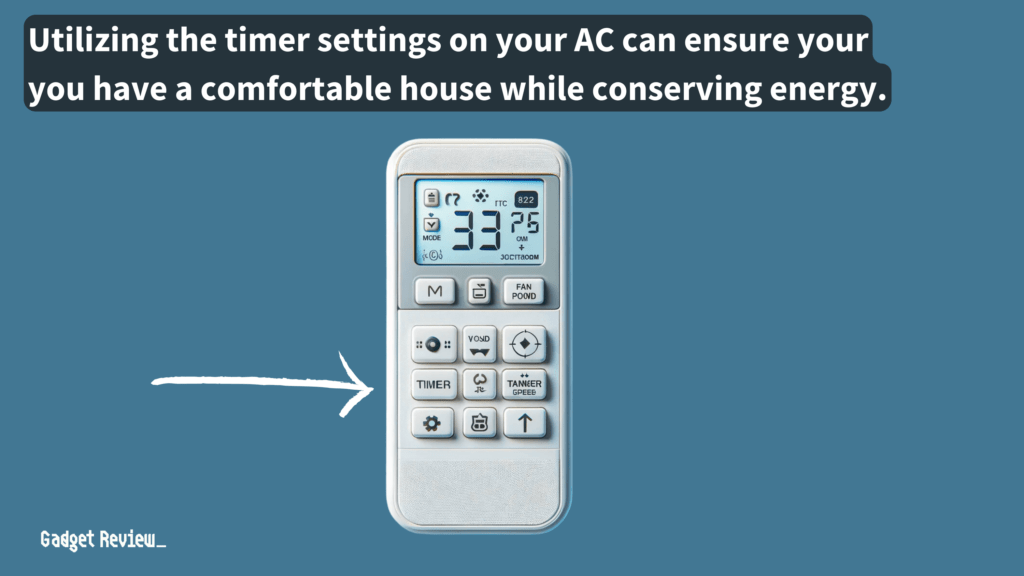
The timer feature allows you to set specific times for your AC unit to turn on or off, offering both convenience and energy efficiency. This 24-hour timer functionality can be adjusted in one-hour increments, ensuring your space reaches the perfect temperature right when you need it.
Navigating your control panel and utilizing the timer settings menu is crucial for maximizing the benefits of your air conditioning timer.
Understanding how tower AC works can also be beneficial for users with larger spaces. Tower AC units distribute air vertically and often come with advanced features like built-in timers and energy-saving modes, similar to standard units.
Setting the ON Timer
STEP 1 Locate the ON Timer Button
- Start by finding the ON Timer button on your standard remote control. This button is usually labeled with a clear clock or timer icon.
STEP 2 Activate the ON Timer
- Press the ON Timer button. The display on your remote should now show a timer icon, indicating that the ON Timer setting mode is active.
STEP 3 Set the Start Time
- Use the arrow keys on your remote to adjust the start time for your air conditioner. Visual aids or icons on the display will guide you through setting the hour and minutes.
STEP 4 Confirm the Timer Setting
- After setting the desired start time, press the “Set” or “Confirm” button on your remote. Look for a confirmation icon or message on the display to ensure the timer is set.
Setting the OFF Timer
STEP 1 Access the OFF Timer Function
- Identify and press the OFF Timer button on your remote control. This will initiate the process to schedule when your AC unit will turn off.
STEP 2 Select the Shutdown Time
- With the OFF Timer activated, use the arrow keys to choose the time you want your air conditioner to turn off automatically. Each step should be visually confirmed on the remote’s display.
STEP 3 Save the OFF Timer Setting
- Confirm your settings by pressing the “Set” or “Confirm” button. Ensure the Timer Off indicator light or a similar confirmation signal appears on your remote’s display.
Utilizing Sleep Mode
STEP 1 Engage Sleep Mode
- Find and press the Sleep Mode button on your remote. This mode is designed for energy-efficient overnight operation.
STEP 2 Customize Sleep Settings
- Depending on your AC model, you might be able to adjust the duration and temperature increments for Sleep Mode. Follow the on-screen prompts or icons to customize these settings.
STEP 3 Confirm Sleep Mode Activation
- Finalize your Sleep Mode settings by pressing the “Set” or “Confirm” button. A specific icon or message should appear to indicate that Sleep Mode is activated.
Tips for Each Step
Troubleshooting Common Issues:
- If the timer or mode settings do not activate, ensure your remote’s batteries are functional, and the remote sensor on the AC unit is unobstructed.
- Double-check that the current time on your AC unit is correctly set, as this can affect timer functions.
- If you find your AC thermostat locked, it’s important to know how to unlock the AC thermostat to adjust settings or program the timer. This usually involves pressing a combination of buttons or accessing a specific menu on the thermostat or remote control.
Ensuring Settings are Saved Correctly:
- After setting each timer or mode, wait for a visual or auditory confirmation from the AC unit or remote display.
- Test the timer function by setting a short-duration timer to see if the unit turns on or off as programmed.
- Regularly review and adjust your timer settings to match your schedule and seasonal changes for optimal comfort and energy efficiency.
Optimizing Timer Settings for Efficiency and Comfort
Optimizing your AC timer settings can lead to significant energy savings and ensure your home maintains the perfect temperature.
Consider setting your air conditioner to activate shortly before you return home or wake up, using the delay timer to avoid unnecessary energy consumption.
Adjusting the timer in one-hour increments allows for precise control over the cooling process, ensuring your space is cooled efficiently.
insider tip
Check your remote for a timer button, as even many older AC models include a timer function of some kind.
Additionally, setting your conditioner to Sleep mode or eco mode during the night can maintain comfortable temperatures without excessive energy use.
Regular maintenance, such as cleaning air filters and ensuring the evaporator coils and condenser coils are free from debris, further enhances energy efficiency.
Advanced Timer Functions and Smart AC Controllers
For those seeking more sophisticated control over their air conditioning schedules, smart AC controllers offer a wide range of functionalities beyond basic AC timer functions. You can even learn to control your AC with your phone.
These devices allow for automated temperature control, enabling your unit to operate only when necessary, further reducing energy consumption. With a smart AC controller, you can set weekly schedules, adjust temperature settings remotely, and even monitor energy usage.
This advanced technology ensures your air conditioning unit operates at peak efficiency, providing optimal indoor air quality and comfort while minimizing energy costs.
Troubleshooting Common Timer Issues
Encountering issues with your AC timer can be frustrating, but many common problems have simple solutions.
If your air conditioner fails to adhere to the set schedule, ensure the current time and timer settings are correctly programmed. A power outage can reset these settings, requiring reconfiguration.
For persistent issues, consult the detailed instructions in your air conditioning unit’s manual or consider seeking professional assistance to ensure the timer function is restored to optimal performance.
Mastering the timer function on your air conditioner can significantly enhance your home’s comfort and energy efficiency.
STAT: Air conditioning dates back to prehistory. Ancient Egyptian buildings used a wide variety of passive air-conditioning techniques. These became widespread from the Iberian Peninsula through North Africa, the Middle East, and Northern India. (source)
By following the basic steps outlined in this guide, from setting the Timer On and Timer Off functions to optimizing energy-saving modes like sleep mode and eco mode, you can ensure your air conditioning unit supports your lifestyle while minimizing energy costs.
Remember, regular maintenance, such as cleaning or replacing dirty filters and ensuring the coils are clean, is also essential for maintaining the efficiency and effectiveness of your air conditioner.


















